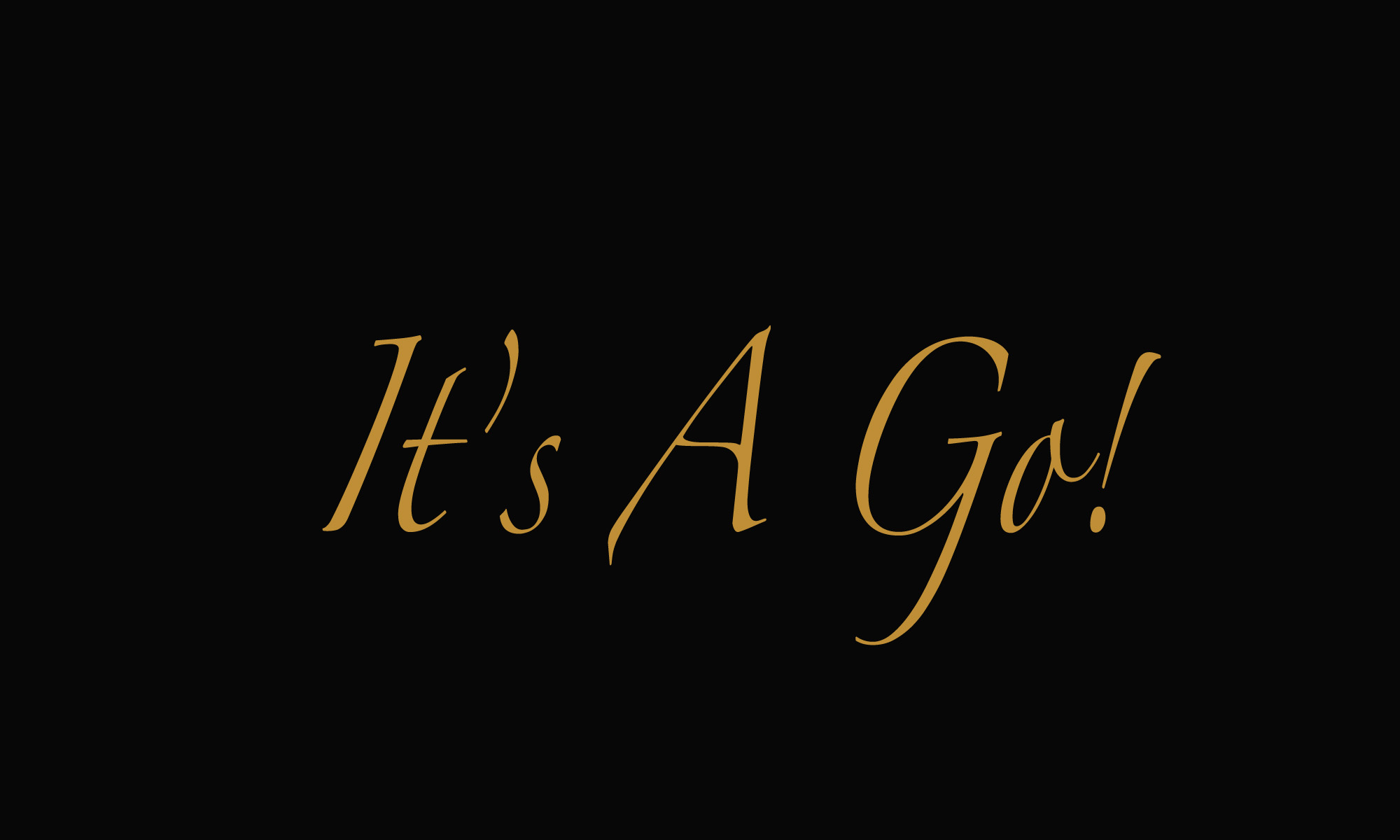Though coaching, classes, and therapy have their place in society (and have never been easier to access), there’s so much that we can teach ourselves if each and every one of us listen to our own thoughts.
In a world where people seem to say what they think everyone wants to hear, I hope my journals will help you hear yourself when you choose to reflect upon your own thoughts by writing them on paper.
Journaling For Kids
There’s no way to stop social media’s influence, but in a quiet room, with nothing but their journal and a pen, let’s teach kids that it’s okay to sit and think. Record and re-read. Be still and ponder. With journal prompts, goal-setting pages, art, and a short story in each issue, I am excited to introduce Second Draft Journals to the classroom.
Second Draft Journals For Everyone
Journaling has many benefits for maintaining good mental health. and short stories awaken the imagination and give people a brief respite from the anxiety and monotony of day-to-day life.
Whatever your day, it all matters. It all counts, and each moment will only happen once. Write it down because you won’t be the same person tomorrow as you are today — and perhaps armed with your journal, you’ll have a clearer vision of what you want to achieve and who you want to be.
I’m calling on teachers, parents, and professionals within the fields of healthcare, mental health, and psychology to help me introduce Second Draft Journals to classrooms so that we can build a stronger, healthier, and happier future. If you’d like to get in touch, kindly email me at journals@thewriteresults.ca.
*This blog post also appears on The Write Results.






